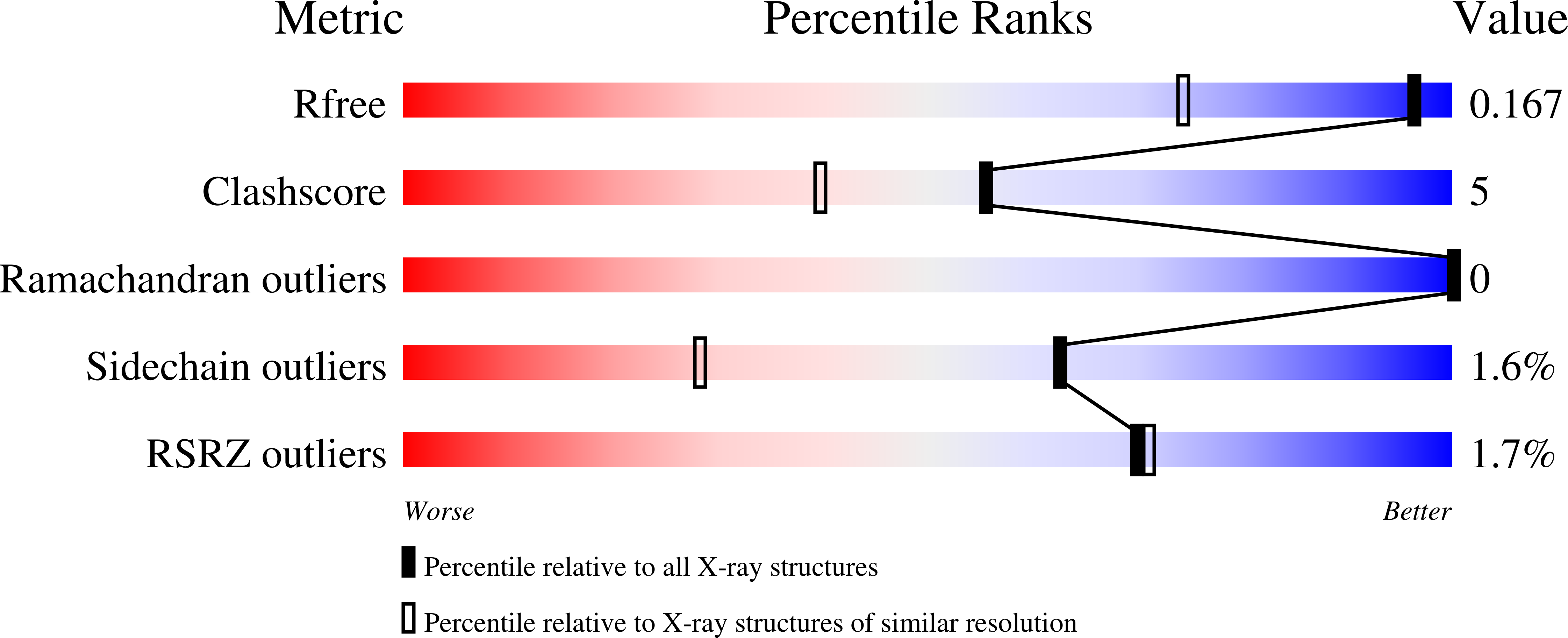
Deposition Date
2023-09-22
Release Date
2023-11-22
Last Version Date
2023-12-27
Entry Detail
PDB ID:
8QMK
Keywords:
Title:
Enzymatically-produced complex-B bound TmHydE structure
Biological Source:
Source Organism:
Thermotoga maritima MSB8 (Taxon ID: 243274)
Host Organism:
Method Details:
Experimental Method:
Resolution:
1.30 Å
R-Value Free:
0.16
R-Value Work:
0.14
R-Value Observed:
0.14
Space Group:
P 21 21 2


